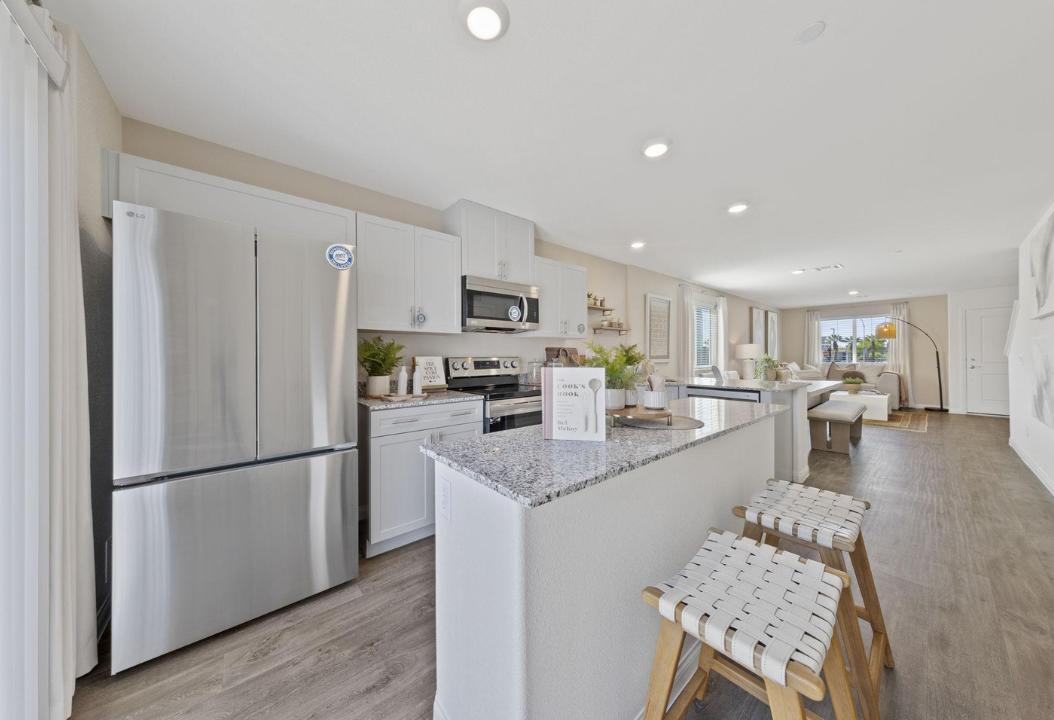Subscribe to our email newsletter and follow us on social media.
This article is written by PNC Chief Economist Gus Faucher.
- Retail sales were down 0.4% in February, but the details were better. Sales growth was mixed across segments.
- January’s big increase was revised higher, and retail sales are up from late 2022. The very strong labor market is the primary driver of rising retail sales.
- Consumer spending is set to fall later this year as the U.S. economy enters recession.
Retail sales fell 0.4% in February from January. The details were somewhat better, however; sales excluding autos were down 0.1%, and sales excluding autos and gasoline were flat over the month. Sales growth was mixed across segments.
January’s huge increase was revised even higher, to a 3.2% gain, from the initially reported 3.0% increase. And the decline in sales in December was revised to a 0.8% drop, from a 1.1% fall.
Control sales—sales excluding food services, autos, gasoline, and building materials, and which go into nominal consumer spending in GDP—rose a solid 0.5% in February, after increasing 2.5% in January.
Although retail sales were down in February, they are still up from late 2022. A number of factors are driving continued strong nominal consumer spending, in particular the very strong job market, price increases, and the high level of household saving. These are offsetting the drags from a shift in consumer spending away from goods toward services, higher interest rates, prices that are increasing more rapidly than wages, and a loss of household wealth from falling home values and stock prices. Retail sales are set to decline later this year as the U.S. economy enters recession and a deteriorating labor market pushes households to cut back.
Sales of motor vehicles and parts fell 1.8% in February as high interest rates and continued supply-chain issues weighed on auto sales. The ongoing contraction in the housing market pushed sales of furniture and home furnishings down by 2.5% over the month, while sales of building materials fell 0.1%. Sales at gasoline stations fell 0.6% because of lower prices. Sales at restaurants declined 2.2% following an oversized gain of 5.6% in January, and sales were also down for clothing and specialty stores. On the positive side, sales of general merchandise rose 0.5%, sales of nonstore retailers (primarily online) rose 1.8%, and grocery store sales rose 0.5%.









